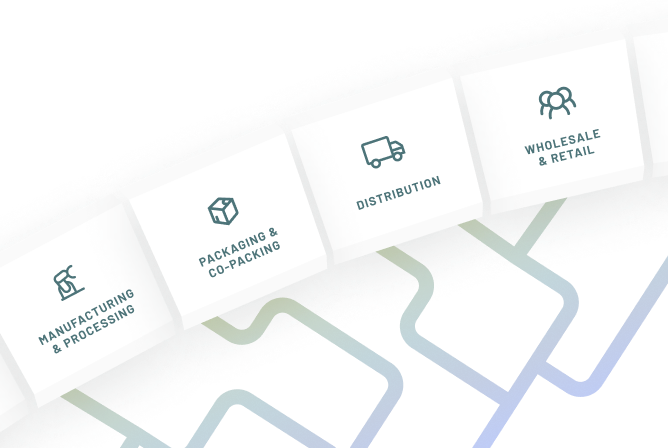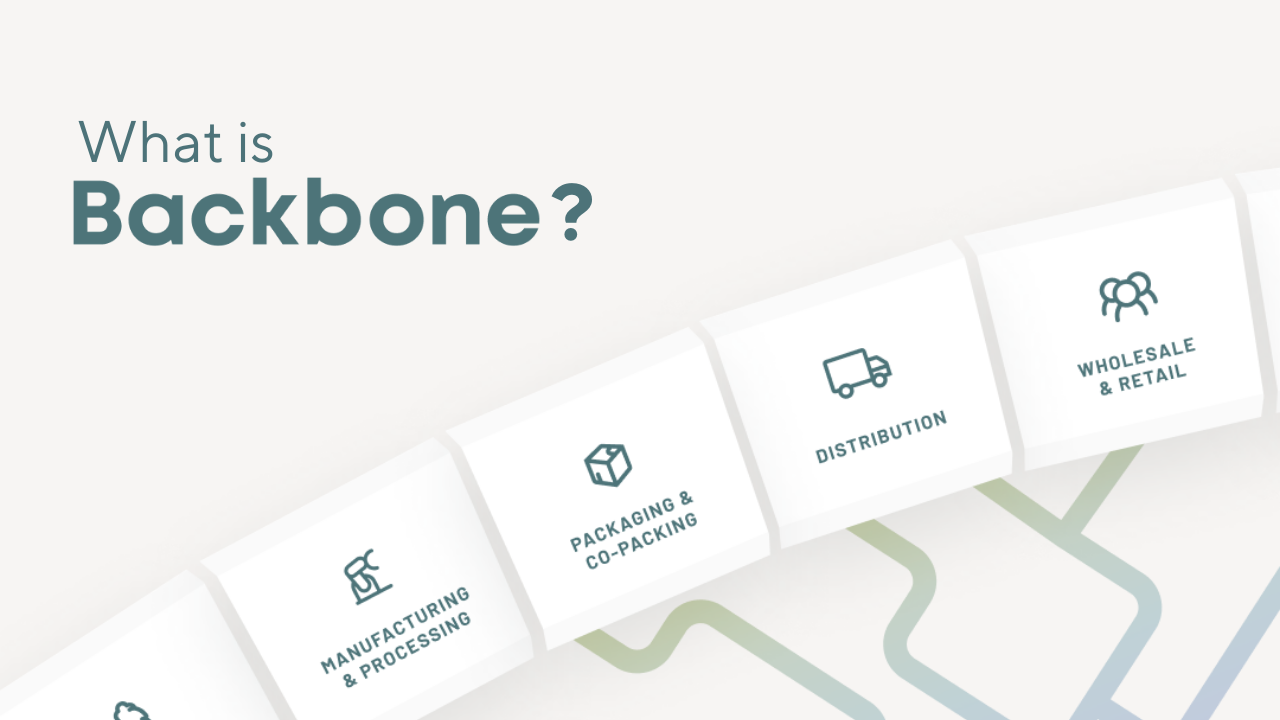April 22, 2022
•A Better World Starts In Our Backyard
Reflections on Earth Day: A Better World Starts In Our Backyard
It’s Earth Day y’all! So, this year at Backbone, with 4/20 and Earth Day only days apart, we’re celebrating all grass! Get it? ‘cause grass is grass but also, you know. 😏 We know not everyone partakes in 4/20, but we do think all should be participating in Earth Day.
After witnessing the 1969 oil spill off the coast of Santa Barbara, California, Senator Gaylord Nelson started Earth Day. On April 22, 1970, an estimated 20 million Americans organized and demonstrated against the profound environmental impacts of industrialization. In response to these demonstrations, the government launched the Environmental Protection Agency, which pushed for progressive legislation, including the National Environmental Education Act, the Endangered Species Act, the Occupational Safety and Health Act, and the Clean Air Act. By 1990, Earth Day was celebrated globally by 200 million people in over 100 countries.
Our planet is changing faster than ever, and not for the better. It is impossible to ignore environmental catastrophes because they touch each of our lives every single day. As the mainstream shifts worldwide, many look inward to assess their impact and pivot to a more mindful way of life.
Growing Lawn Conscious
I celebrate this Earth Day as a first-time homeowner, and with Spring in full bloom, I’ve become fixated on sprucing up my yard in a conscious manner. My new obsession with lawn care has led me down a rabbit hole of ecological landscaping and the conclusion that native plants are the wisest option. This research also led me to understand the negative impacts of idyllic green lawns, including astronomical costs, water waste, and threatening the native ecosystem. In order to achieve a vibrant, weed-free lawn, artificial fertilizers and chemical pesticides are used in abundance, but that is something I’ve decided to avoid entirely.
The health of our soils depends greatly on plant root structure and nutrient cycling provided by plants that are endemic to a region. Nutrients are returned to the soil when plant material of native grasses dies back during the winter and begins the decaying process offering soil coverage and then organic matter. - The Many Benefits of Native Grasses, Becky England
Admittedly, I was pretty clueless about this subject and have enjoyed learning more about my backyard’s ecological dynamics. Instead of growing an artificial ecosystem, I’ll be planting native grasses, forbs and wildflowers as part of my effort to restore my little half-acre of habitat. Replanting regional flora also means less lawn-mowing, which I will certainly not be complaining about.
Native Grassroot Movements
Plants and grasses have adapted to their environments over millennia and are vital to the environments around them. They attract pollinators in a way that is as equally important as flowers, and we rely on bees for pollination for most of the world’s crops. In addition to bees, caterpillars feed on grasses and then transform into butterflies that carry pollen over larger areas than bees are capable of.
In fact, the decreasing number of pollinators has increasingly become a problem. Planting flowers that are native to your area is an easy and beautiful way to attract more bees and butterflies but helping our yards return to native plants and grasses will do the same. In addition to benefiting all kinds of wildlife, these grasses have surprisingly large root systems that improve soil structure and fertility, as well as redistribute nutrients and carbon back to the earth.
In my research on the impacts of landscape, I stumbled upon another environmental issue: excessive grazing. Grazing for livestock, like pigs and cows, can destroy up to 50% of tall grasses early in the growing season by stunting their cycle and preventing plants from fully growing. Repetitive overgrazing not only destroys grasses but also leads to unprotected soil, causing erosion which can cause land degradation and ultimately desertification. Unfortunately, this is not a new issue in the US - remember the 1930s Dust Bowl? That type of devastation is what we’re trying to keep from repeating.
How to help
Today, Earth Day 2022, we at Backbone encourage you to go celebrate all kinds of grass! We need it. Animals and insects need it. Grass is needed to grow our food, and keep our Earth and soils happy and healthy. You could say, it’s sort of important. Native grasses should not be written off if you’re not in rural, wooded Eastern Pennsylvania like I am. Even in urban environments, native grasses can thrive! Whatever the area you’re in, do a little research to find which grasses grow naturally in your area and plant away!
If you’re not in a position to be planting anything (I used to live in Manhattan and there’s no way I’d be growing anything in that yard), we’ve linked some organizations below you can donate to or support this Earth Day.
Or you can take a peek here to find an Earth Day event near you!



